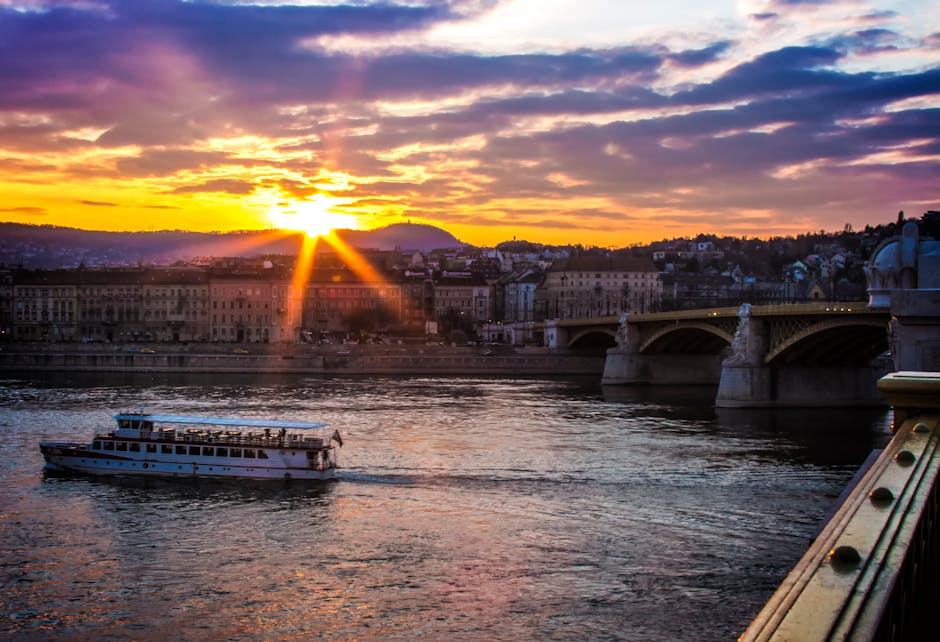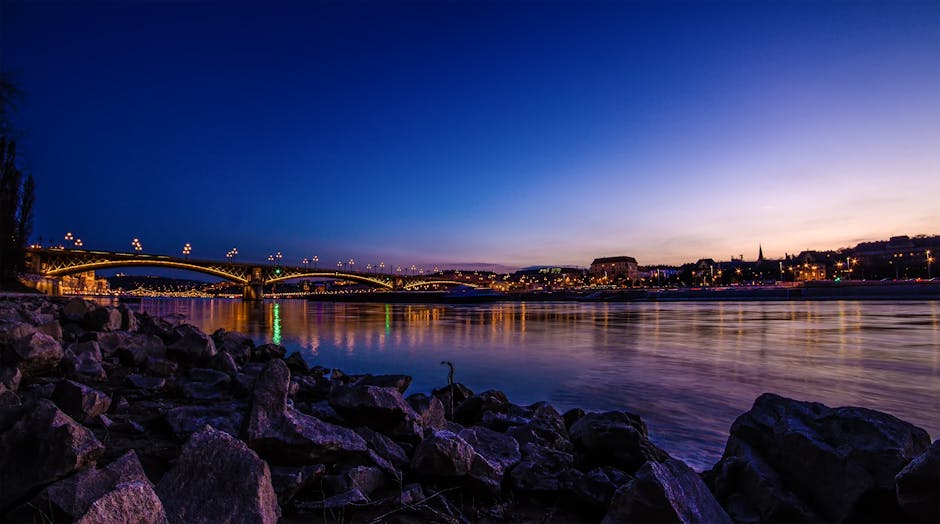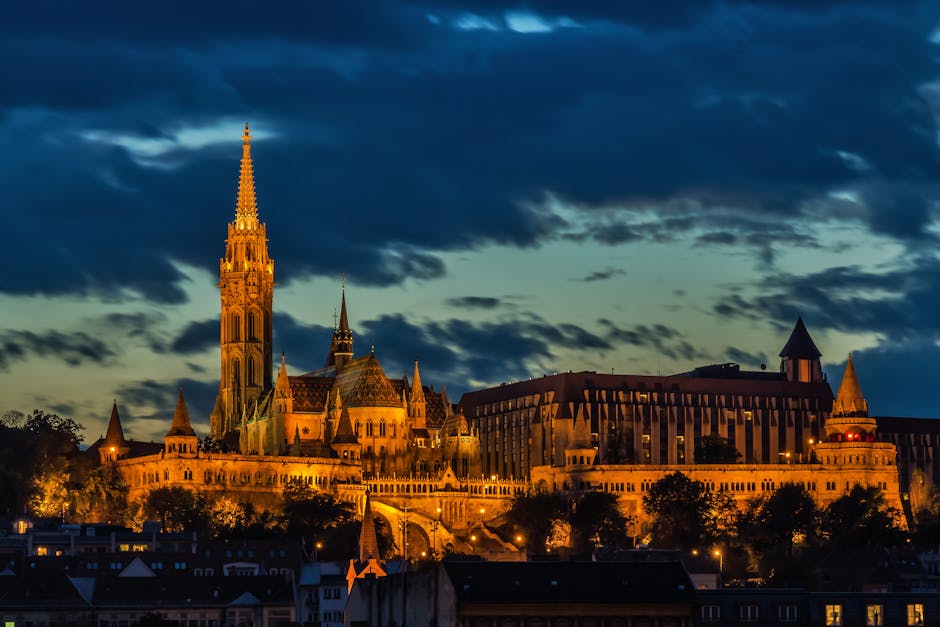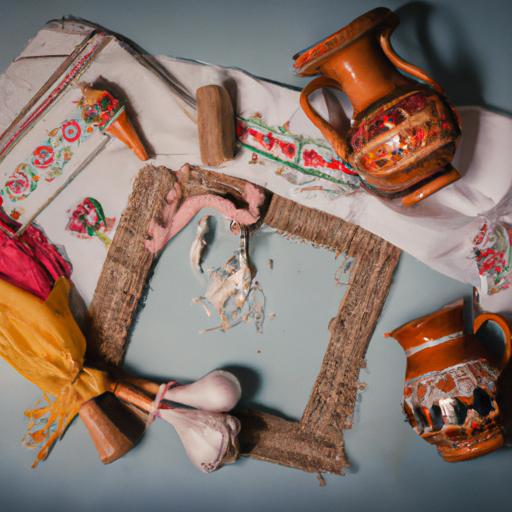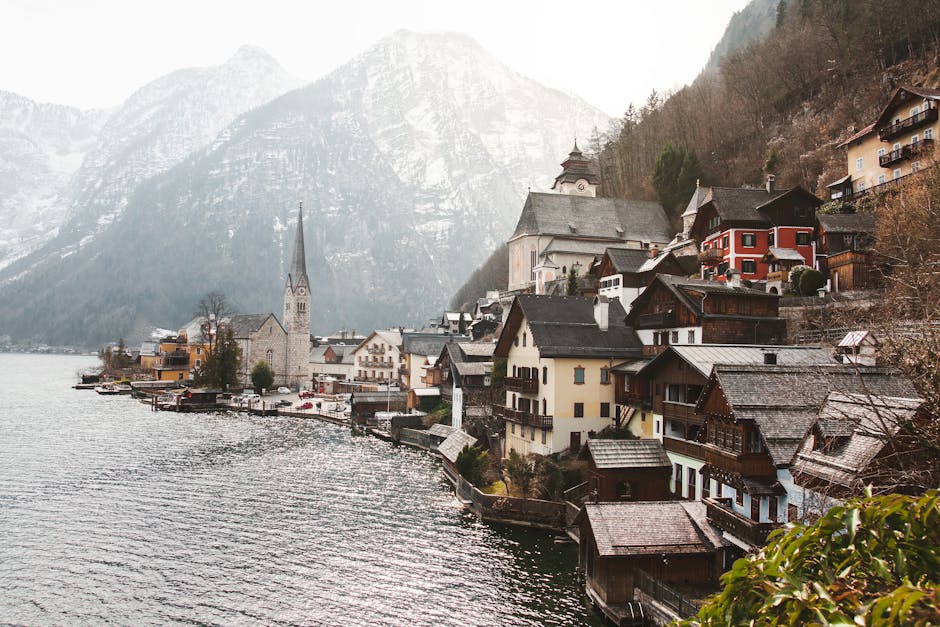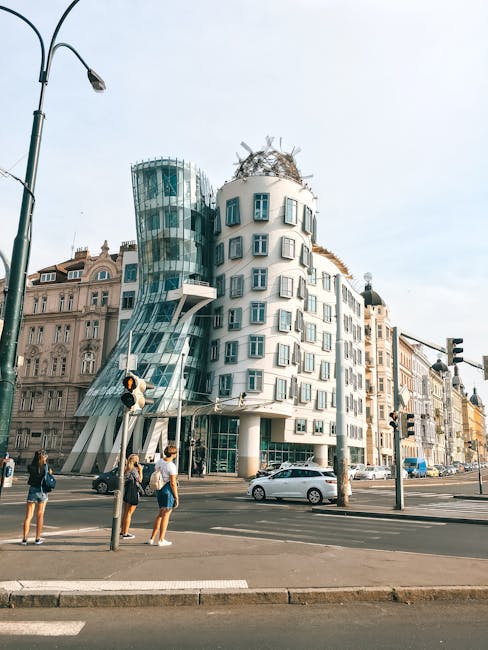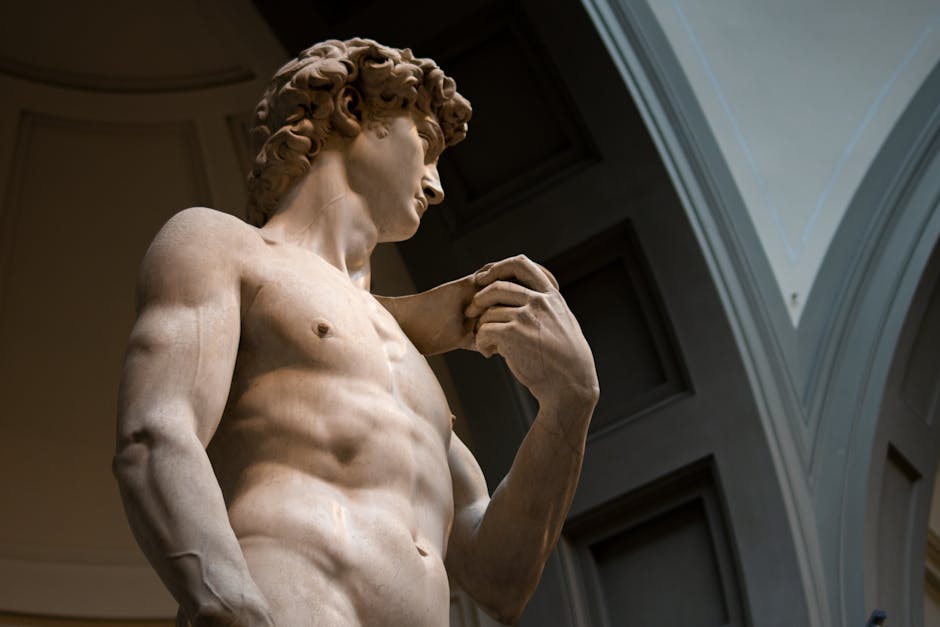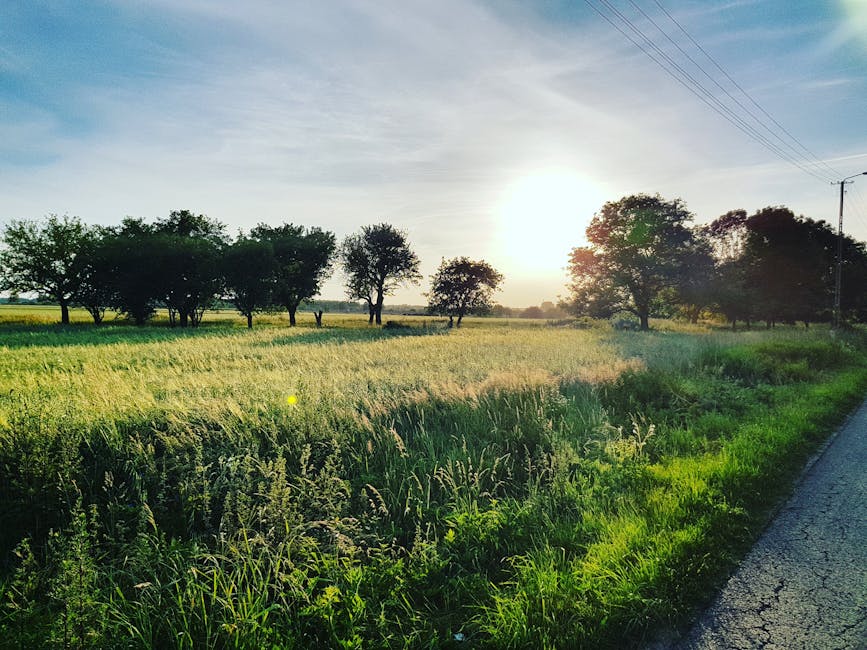Hungary
Overview
Hungary is a captivating country in Central Europe known for its rich history, diverse culture, and stunning landscapes. It is home to many UNESCO World Heritage Sites like the Buda Castle Quarter, Andrássy Avenue, and the historic village of Hollókő. Hungary is best known for its unique blend of Eastern and Western cultures, reflected in its architecture, food, and festivals. The country's capital, Budapest, is often dubbed as the "Paris of the East," featuring impressive sites like the Parliament building, Fisherman's Bastion, and the thermal baths. Hungary is also famous for its music and dance traditions, particularly the lively folk dance called "Csárdás" and classical music heritage with famous composers like Franz Liszt.
Tourism in Hungary peaks during the spring and summer months, from April to September, when the weather is warm and mostly sunny. During this time, tourists can explore the country's magnificent outdoor attractions such as Lake Balaton, the largest lake in Central Europe, or the Hortobágy National Park, the country's vast flat plain. For those who love festivals, summer is the perfect time to visit as Hungary hosts Sziget, one of the largest music and cultural festivals in Europe. Additionally, the country's wine regions offer wine-tasting tours, while the city of Budapest provides a host of activities including river cruises on the Danube, exploring the city's vibrant nightlife, and dining in Michelin-star restaurants.
Before traveling to Hungary, teenagers should ensure they have a valid passport. While Hungary is part of the Schengen Area, travelers from some countries may still require a visa, so it's important to check entry requirements. It's recommended to learn a few basic Hungarian phrases, as English is not widely spoken outside the main tourist areas. Hungary has a cash-based society, so always have some Hungarian Forint on hand. Lastly, it's wise to get a travel insurance policy to cover any unexpected incidents or medical emergencies. Hungary is a safe country with a low crime rate, but as in any tourist destination, it's essential to be vigilant about personal belongings, especially in crowded areas.
A Glimpse into the Past
Hungary, a landlocked country in Central Europe, boasts a rich and complex history that has shaped its culture, architecture, and traditions. Nestled in the heart of the Carpathian Basin, it has been a crossroads for various civilizations, and its past is marked by a unique blend of influences from both the East and the West.
The Magyar Conquest and Early Kingdom
The foundation of modern Hungary dates back to the late 9th century when the Magyars, a group of nomadic tribes from the Ural Mountains, arrived in the Carpathian Basin. Under the leadership of
The medieval kingdom flourished, with Buda and Pest becoming important political and cultural centers. The impressive Fisherman’s Bastion and the historic Buda Castle are remnants of this era, showcasing the architectural brilliance of the time.
The Ottoman Wars and Habsburg Rule
The 16th century brought significant turmoil as the Ottoman Empire expanded into Europe. In 1526, the Battle of Mohács resulted in a devastating defeat for the Hungarians, leading to the partition of the kingdom. The central region fell under Ottoman control, while the western parts were governed by the Habsburgs. This period was marked by constant warfare and political instability, but it also resulted in a rich cultural exchange between the Hungarian and Ottoman peoples.
After over a century of occupation, Hungary gradually regained autonomy, but it remained under Habsburg influence. The 18th century saw the return of Catholicism as a dominant force, which led to the flourishing of Baroque architecture. Visitors can admire stunning churches such as the St. Stephen's Basilica in Budapest, a testament to this religious revival.
The 19th Century: Awakening and Revolution
The 19th century was a time of national awakening for Hungarians, fueled by a desire for independence and reform. Influential figures such as Lajos Kossuth emerged, advocating for civil rights and self-governance. This period culminated in the Hungarian Revolution of 1848, which initially succeeded in establishing a parliamentary government. However, the revolution was crushed by combined Austrian and Russian forces, leading to years of repressive rule.
Despite these setbacks, the desire for independence persisted, culminating in the Austro-Hungarian Compromise of 1867. This agreement created the dual monarchy, granting Hungary greater autonomy while remaining part of the Austro-Hungarian Empire. This era brought economic prosperity, rapid industrialization, and cultural flourishing, with the establishment of the Budapest Metro, the first underground railway in continental Europe.
World War I and the Treaty of Trianon
The aftermath of World War I brought profound changes to Hungary. The Austro-Hungarian Empire collapsed, and the Treaty of Trianon in 1920 significantly reduced Hungary's territory, stripping it of two-thirds of its land and population. This loss fostered a sense of national grievance that would shape Hungary's politics for decades. The interwar period saw the rise of authoritarianism, with figures like Miklós Horthy taking control.
During World War II, Hungary initially aligned with the Axis powers but faced devastating consequences. The Holocaust resulted in the murder of over 500,000 Hungarian Jews, a tragedy that deeply scarred the nation. In 1944, the Soviet Red Army invaded, leading to the end of Horthy's regime and the establishment of a communist government.
The Cold War Era
Hungary became a satellite state of the Soviet Union, enduring decades of repression and economic hardship. However, the 1956 Revolution showcased the Hungarian spirit, as citizens rose against the oppressive regime. Though initially successful, the uprising was brutally suppressed by Soviet forces. The aftermath saw a period of relative liberalization known as "Goulash Communism," where the economy experienced modest growth, and cultural life was somewhat relaxed.
Visitors can explore the poignant memorials to the revolution, such as the House of Terror museum in Budapest, which chronicles the atrocities committed during both the Nazi and Soviet occupations. The museum serves as a reminder of the resilience of the Hungarian people in the face of tyranny.
The Transition to Democracy
The late 1980s marked the decline of communist rule across Eastern Europe, and Hungary was no exception. In 1989, a peaceful transition began, culminating in the first free elections in 1990. Hungary embraced democracy and market-oriented reforms, opening itself to the West.
The country joined NATO in 1999 and became a member of the European Union in 2004. These developments have significantly influenced Hungary's political, economic, and cultural landscape. Today, Budapest, the capital, is a vibrant city known for its historic thermal baths, including the Széchenyi Thermal Bath, and its stunning architecture, such as the Parliament Building and the Chain Bridge.
Modern Hungary
In recent years, Hungary has faced challenges related to nationalism, immigration, and political tensions within the European Union. The government led by Viktor Orbán has been criticized for its increasingly authoritarian measures and for straying from democratic norms. Nevertheless, Hungary remains a popular travel destination, known for its rich history, stunning landscapes, and warm hospitality.
Travelers can explore the picturesque countryside, visit the charming town of Eger with its historic castle and thermal baths, or enjoy the scenic beauty of Lake Balaton, the largest lake in Central Europe. The culinary delights of Hungary, including goulash and langos, offer a taste of its vibrant culture.
In conclusion, Hungary's history is a tapestry of triumphs and tragedies, reflecting the resilience of its people. From the early Magyar conquests to the modern democratic state, each chapter has left an indelible mark on the nation. Visitors to Hungary can experience its rich heritage through its architecture, cuisine, and the enduring spirit of its people.
Top cities for tourists in Hungary
Discover the Famous Cities That Might Captivate Your Interests
Must-Try Foods You Can't Afford to Miss
Indulge in a Variety of Fantastic Foods During Your Stay in Hungary
May Be Your Next Destinations
People often choose these countries as their next destination


